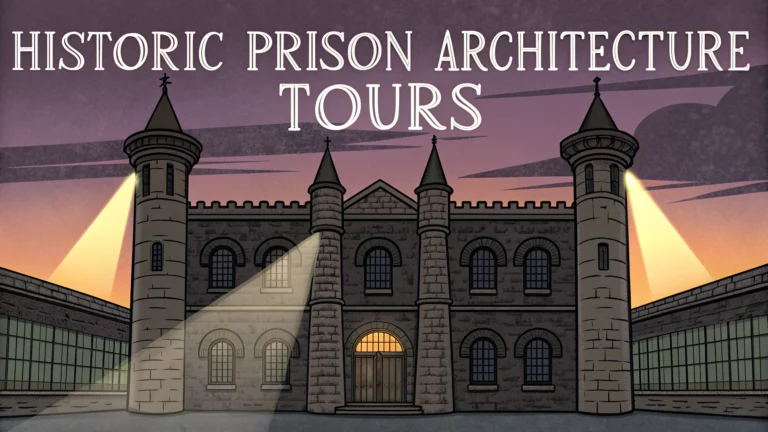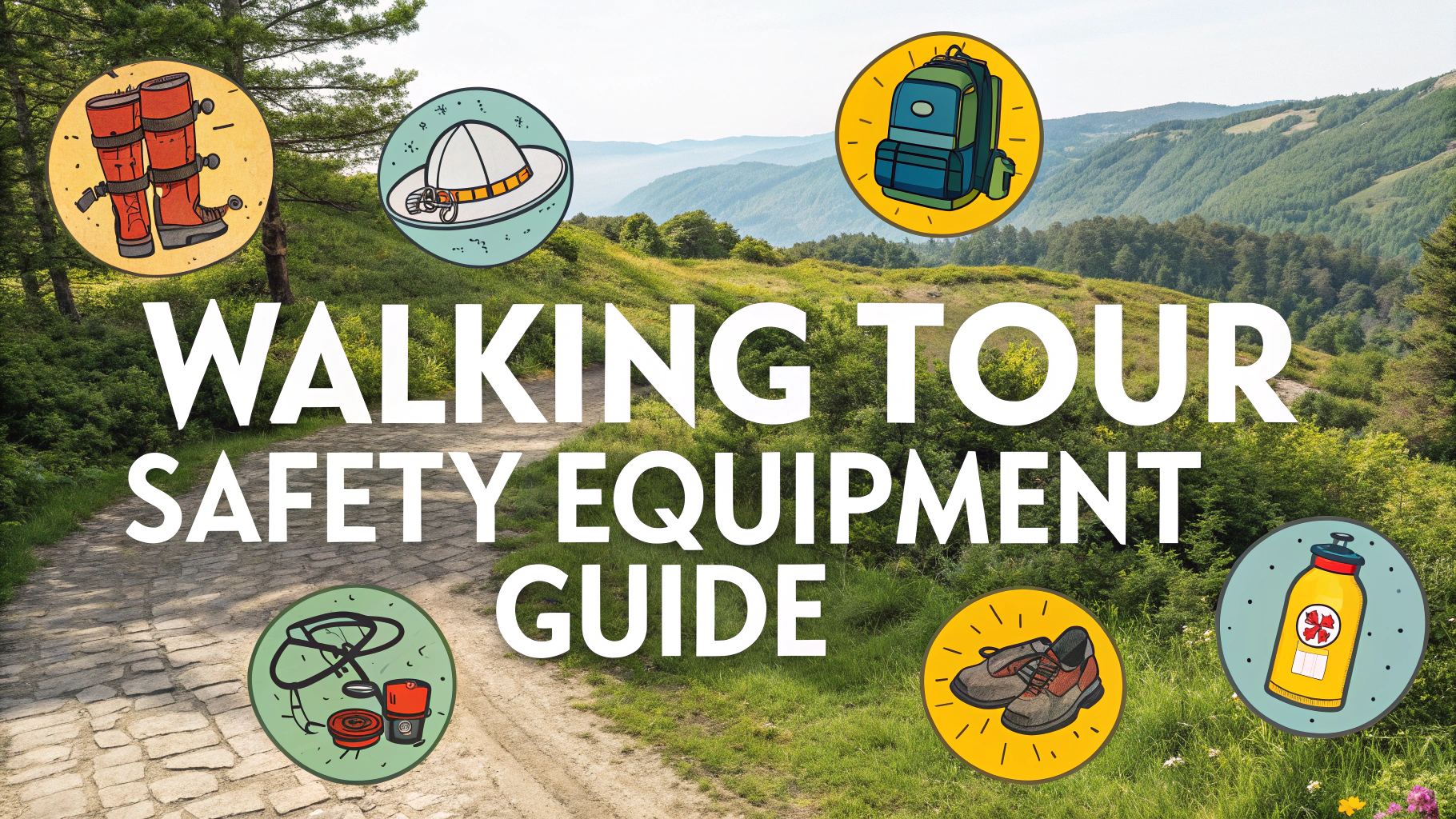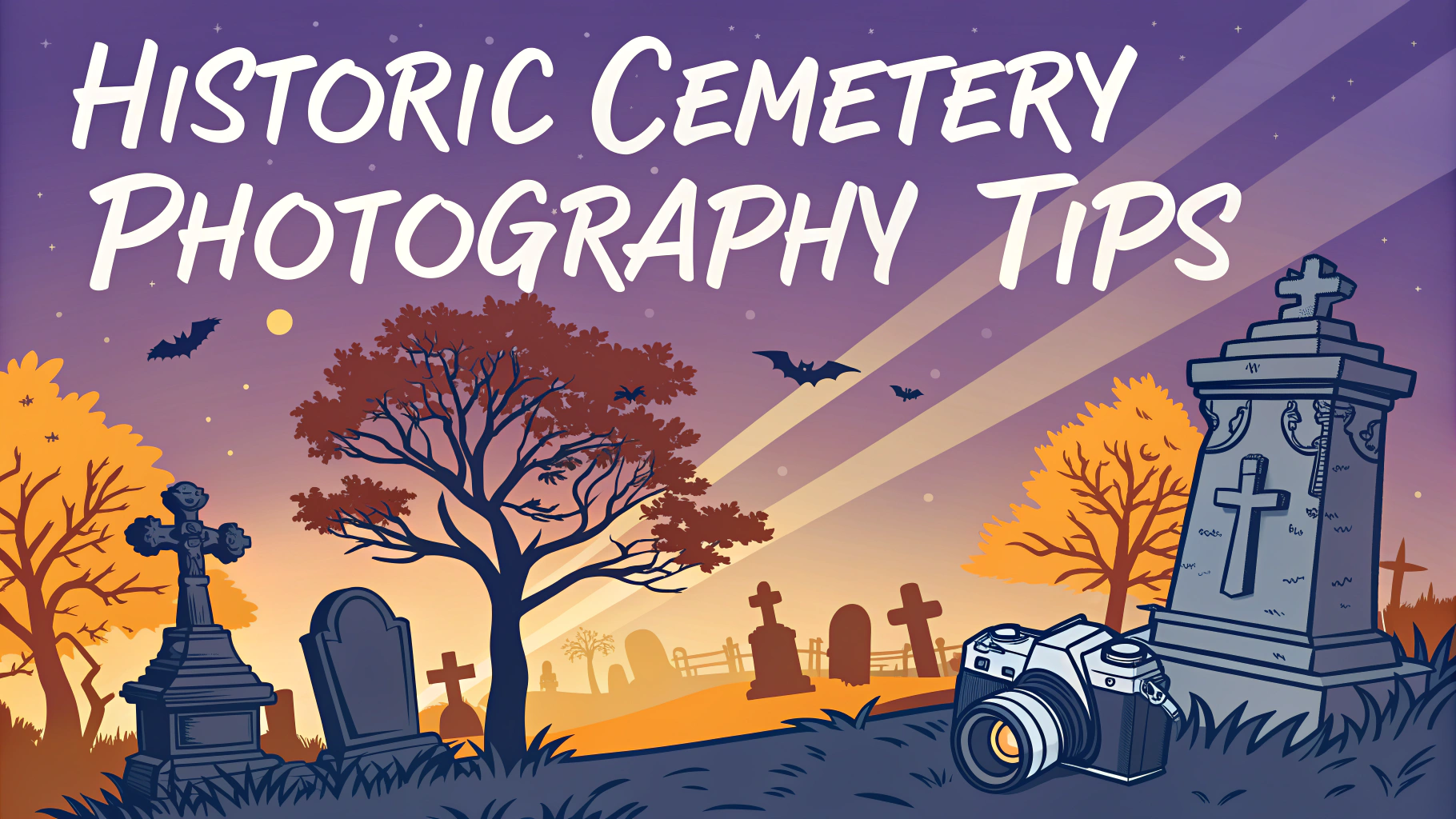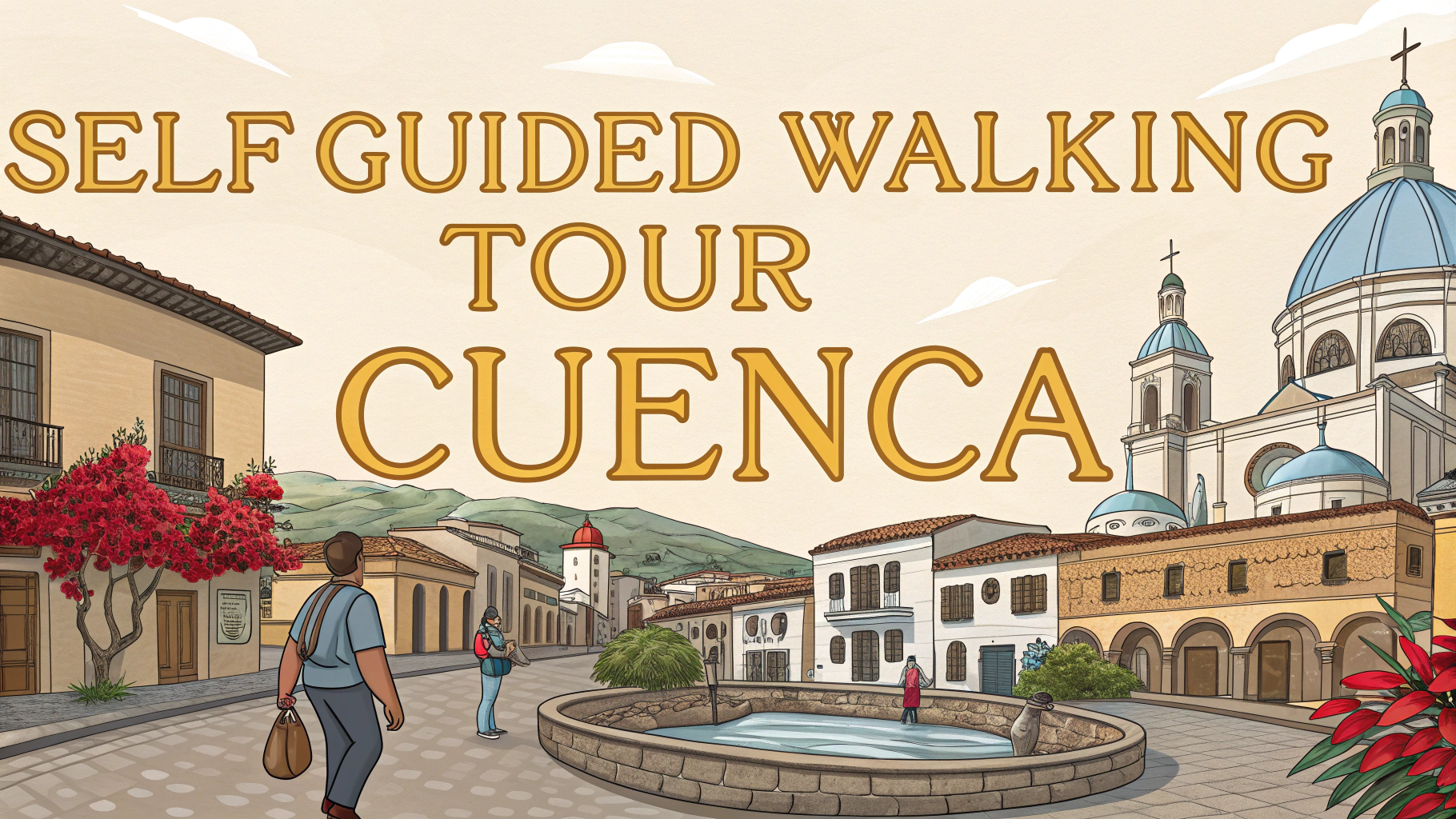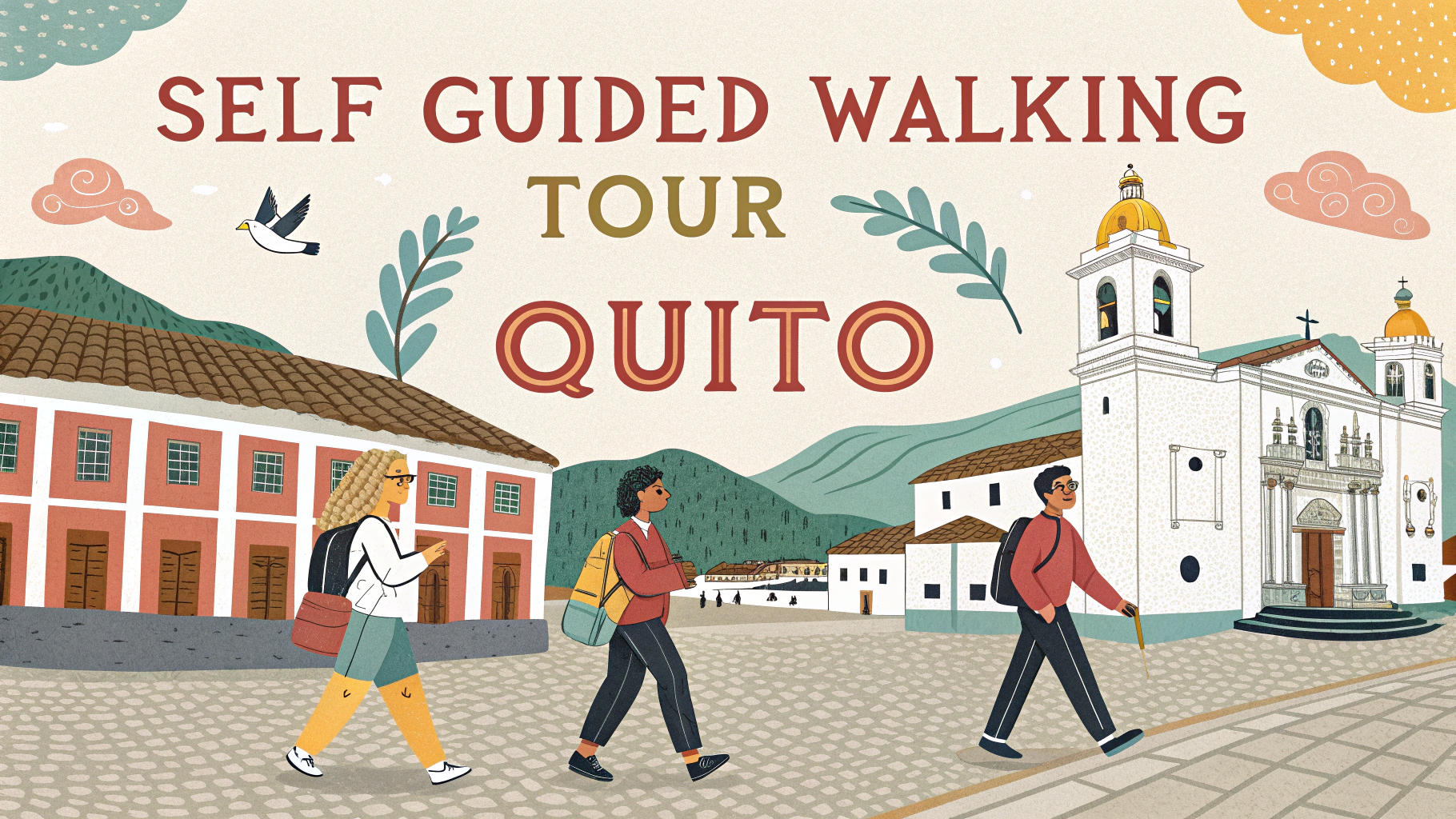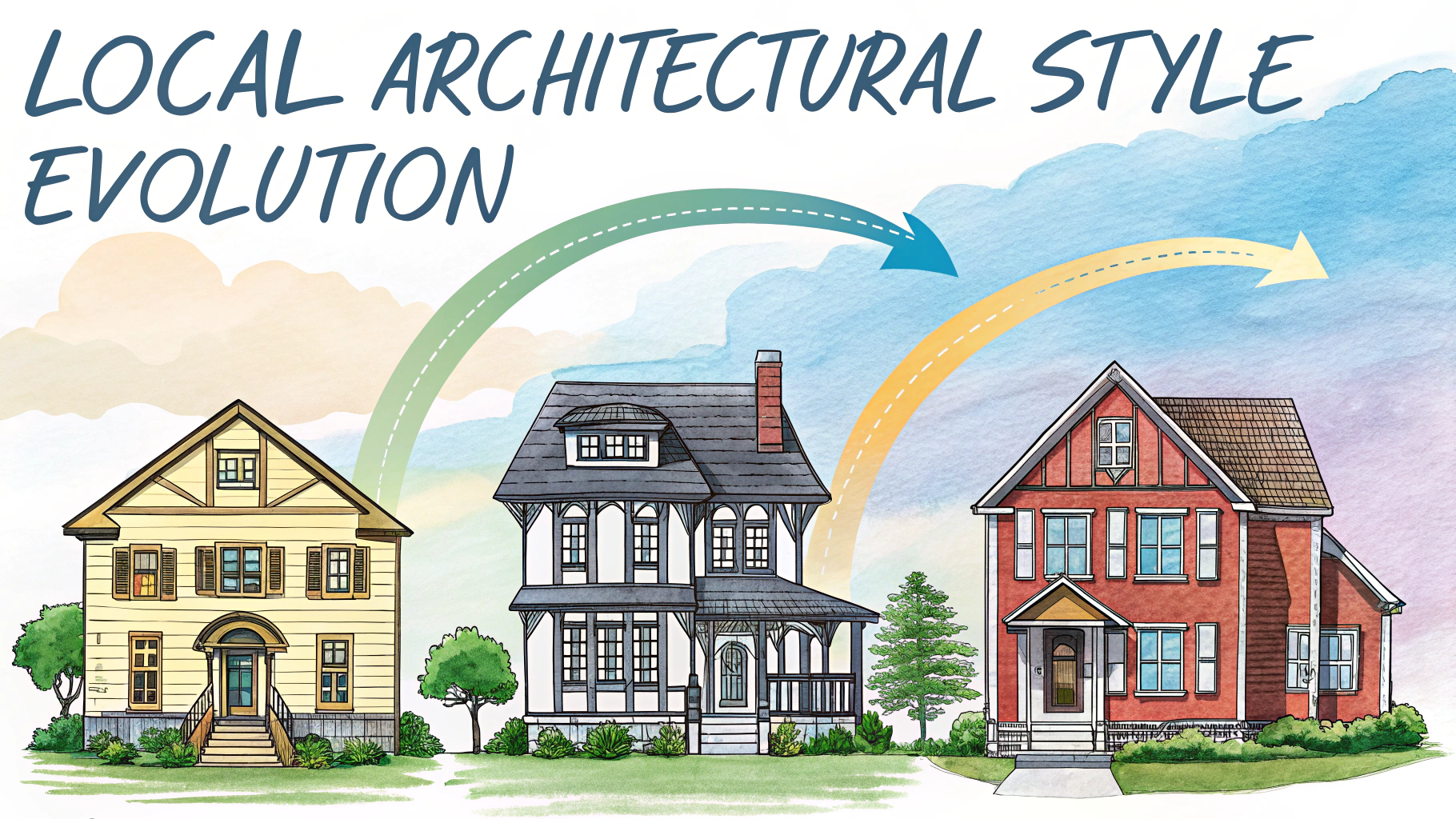Historic prison architecture tours offer a unique glimpse into the evolution of correctional facilities and criminal justice systems across different eras.
Self-guided walking tours allow visitors to explore these imposing structures at their own pace while learning about their architectural significance and social history.
Popular Historic Prison Sites
- Alcatraz Island (San Francisco, CA)
Open daily 8:30 AM – 6:30 PM
Book tickets through National Park Service - Eastern State Penitentiary (Philadelphia, PA)
Open 10 AM – 5 PM
Audio tours available in multiple languages - Old Melbourne Gaol (Australia)
Features night tours and ghost tours
Includes Ned Kelly exhibits
Planning Your Self-Guided Tour
- Download prison map apps or guides before arrival
- Check photography policies (some areas restrict photos)
- Wear comfortable walking shoes for uneven surfaces
- Bring water (many historic sites lack modern amenities)
- Allow 2-3 hours for thorough exploration
Key Architectural Features to Notice
- Radial design (hub-and-spoke layout)
- Watchtowers and guard posts
- Cell block construction methods
- Original iron doors and locks
- Exercise yards and common areas
Safety Tips
Many historic prisons have uneven floors, narrow staircases, and limited lighting.
Some areas may not be wheelchair accessible due to historical preservation requirements.
Check weather conditions, as many areas are not climate-controlled.
Photography Tips
- Bring a wide-angle lens for corridor shots
- Use tripods where permitted (check policies)
- Consider HDR for high-contrast lighting situations
- Focus on architectural details like ironwork
Best Times to Visit
| Season | Advantages |
|---|---|
| Spring/Fall | Moderate temperatures, smaller crowds |
| Summer | Extended hours, special programs |
| Winter | Fewer tourists, dramatic lighting |
Audio guides often provide deeper insights into prison life, reform movements, and architectural evolution.
What to Bring
- Camera
- Water bottle
- Site map
- Comfortable shoes
- Light jacket (indoor temperatures vary)
Most historic prison sites maintain gift shops with unique souvenirs and educational materials about prison history.
Consider joining preservation societies for discounted admission and special access to restricted areas.
Guided vs. Self-Guided Tours
Guided Tours
- Expert commentary and historical context
- Access to restricted areas
- Group interaction and Q&A opportunities
- Structured timeline and organized flow
Self-Guided Tours
- Flexible pace and schedule
- More time for photography
- Cost-effective option
- Personal exploration freedom
Educational Opportunities
- Historical research centers on-site
- Interactive exhibits and artifacts
- Documentary screenings
- Educational workshops for students
Conservation Efforts
Many historic prisons require ongoing preservation work to maintain their structural integrity while preserving historical accuracy.
Visitor fees often contribute directly to conservation projects and historical research.
Special Events
- Halloween tours
- Historical reenactments
- Photography workshops
- Architectural lectures
Conclusion
Historic prison tours provide valuable insights into architectural evolution and social history. Proper preparation and timing enhance the experience, while supporting preservation efforts ensures these educational landmarks remain accessible for future generations.
Consider seasonal timing, photography opportunities, and comfort factors when planning your visit. Join preservation societies to support ongoing conservation while gaining enhanced access to these remarkable historical sites.
FAQs
- What are the most famous historic prisons that offer architectural tours?
Alcatraz (San Francisco), Eastern State Penitentiary (Philadelphia), Tower of London (UK), Port Arthur (Tasmania), and Kilmainham Gaol (Ireland) are among the most renowned historic prisons offering architectural tours. - How long does a typical self-guided prison architecture tour take?
Most self-guided prison architecture tours take between 1.5 to 3 hours, depending on the facility size and how thoroughly visitors explore the exhibits and architectural features. - What architectural styles are commonly found in historic prisons?
Historic prisons often feature Gothic Revival, Romanesque, and Pennsylvania System architecture, with radial design layouts, castellated towers, and thick stone walls being common elements. - Are photography permits required for prison architecture tours?
Photography policies vary by facility. Many allow non-commercial photography without flash, while some require special permits or restrict photography in certain areas. - What safety considerations should visitors keep in mind during self-guided tours?
Visitors should stay on marked paths, wear appropriate footwear, be aware of uneven surfaces, follow posted warnings, and bring flashlights for darker areas. - Which historic prison tours are most suitable for architectural students?
Eastern State Penitentiary and Pentonville Prison are particularly valuable for architectural students due to their influential radial designs and preserved original features. - What materials were typically used in historic prison construction?
Historic prisons were primarily constructed using locally quarried stone, brick masonry, cast iron, and steel, with later additions incorporating concrete and steel reinforcement. - How accessible are historic prison tours for visitors with mobility limitations?
Accessibility varies by facility. Many historic prisons have modified portions for wheelchair access, but complete access to all areas may be limited due to original architectural features. - What architectural elements were designed specifically for prison security?
Key security features include watchtowers, thick walls with minimal windows, panopticon designs for surveillance, iron bar doors, narrow corridors, and strategically positioned guard posts. - How do audio guides enhance self-guided prison architecture tours?
Audio guides provide detailed architectural history, explain design features, share historical context, and highlight significant modifications while allowing visitors to move at their own pace.
